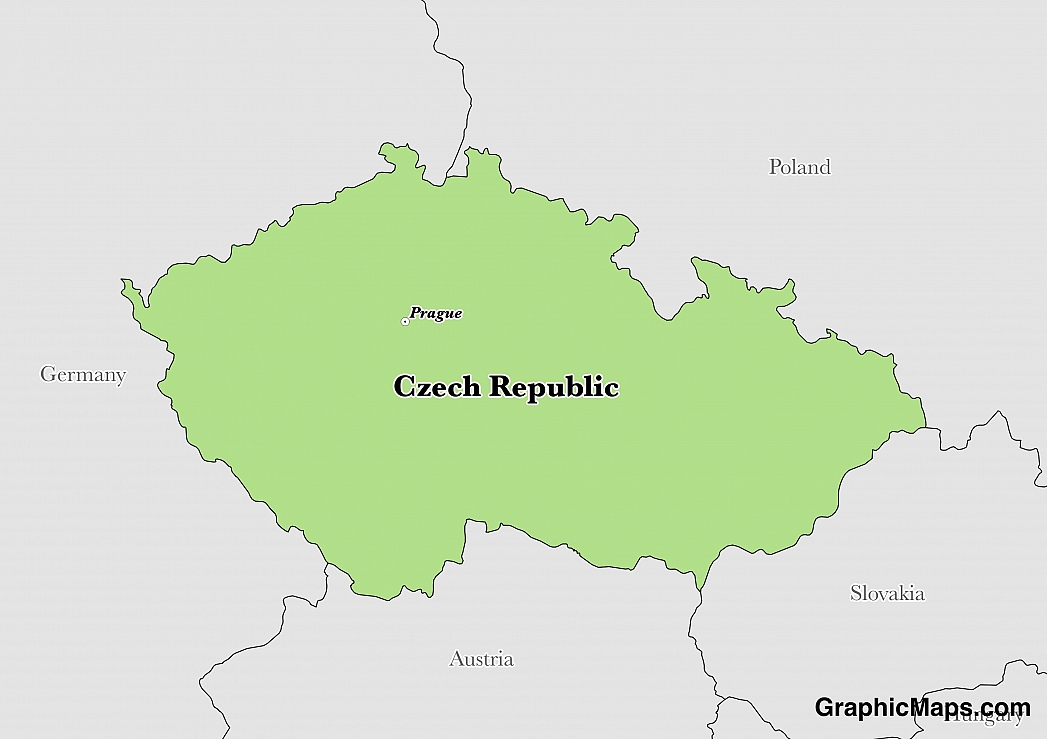The government of the Czech Republic, or Czechia, is a parliamentary republic with the president as the head of state while the prime minister is the leader of the government. The government structure has been as it is from the time the Czech Republic gained its independence when Czechoslovakia was dissolved in 1992. The government structure is as stated in their constitution which was adopted on December 16, 1992
Czech Republic citizens aged 18 years and over can vote in the general elections. The official campaign period in the Czech Republic begins sixteen days before the Election Day and ends 48 hours before voting begins. The Czech Republic is a multi-party state with two major political parties being the Social Democratic Party and the Civil Rights Party. The general elections are held every five years, and the president can serve for a maximum of two successive terms. The only living former president of Czech Republic is Vaclav Klaus who is the second president of the Nation. The president usually appoints the prime minister who is the government head.
The Czech parliament building is located in Prague, the capital city of the Czech Republic. The residence of the head of state in the Czech Republic is the Prague Castle, which was built in the 9th century. It was the seat of power of the king of Bohemia and also the home to all the former presidents of Czechoslovakia. The castle represents all the architectural styles used in the last millennium. The president also has a summer residence in a castle located in Lany village which is 35 km west of the capital city. The official home of the prime minister is Kramais villa which is situated at Gogolova, the Hradcany district of the capital city. Friedrich Ohmann designed the villa and built from 1911 to 1914.
Some of the political parties in the Czech Republic include ANO, the Civic Democratic Party, and the Freedom and Direct Democracy.
This page was last modified on May 1st, 2018
More on Graphicmaps

Published on 2019-11-06
What is a Trade Embargo?

Published on 2019-11-04
Which Two Countries Used to Have the Same Flag?

Published on 2019-09-16
What Is the Only Two-Sided State Flag?

Published on 2019-09-16
Which Country Flag Looks Like the Texas Flag?

Published on 2019-08-29
Flags That Resemble the US Flag

Published on 2019-08-20
